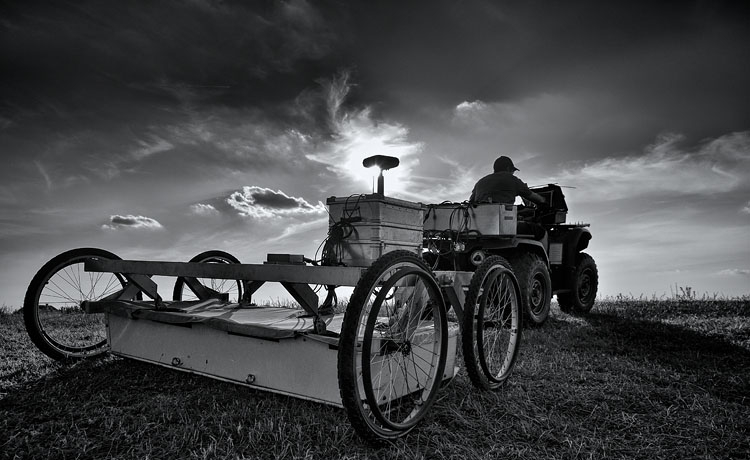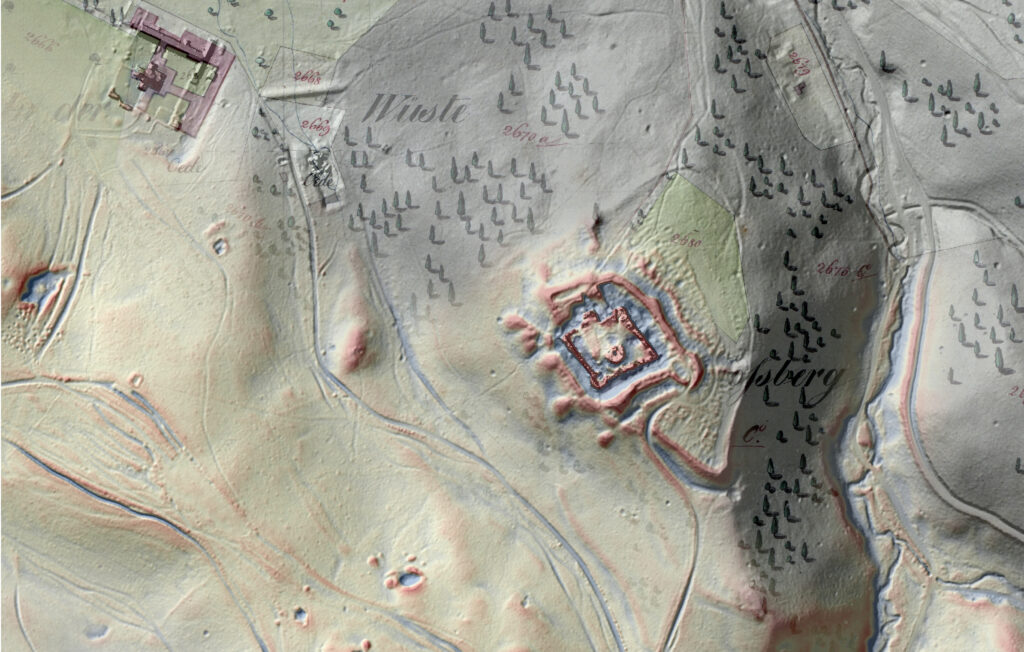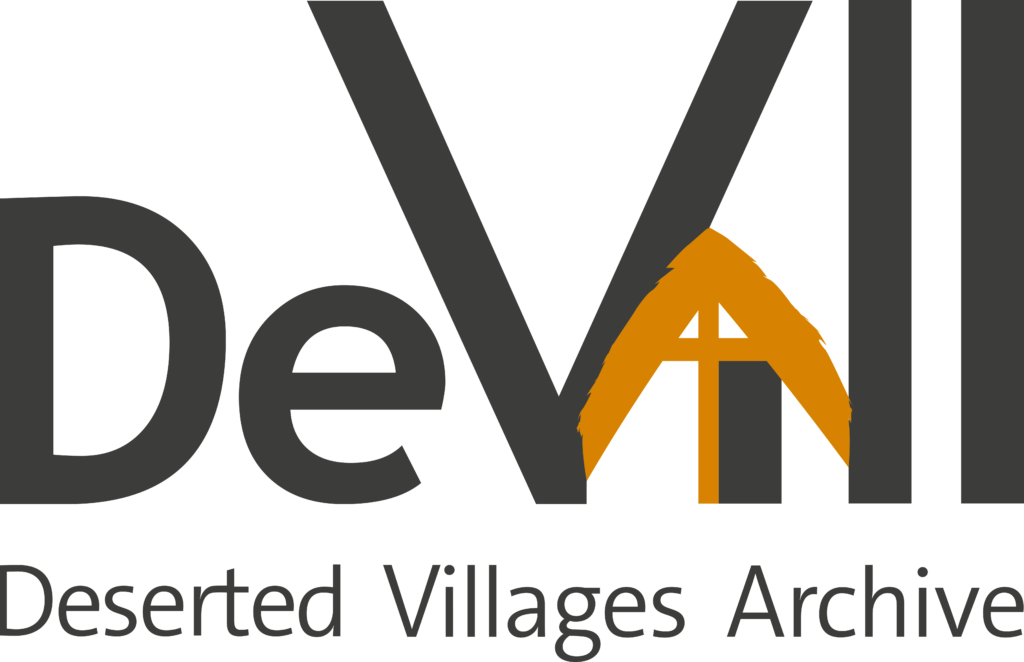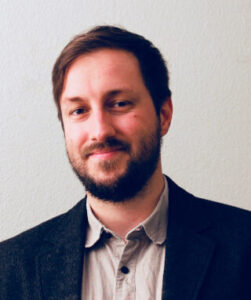I am a Senior Scientist at the Vienna Institute for Archaeological Science (VIAS) and member of the research network Human Evolution and Archaeological Sciences (HEAS), doing research in archaeological prospection, landscape archaeology, digital humanities, and medieval history. I am specialised in geophysical prospection and digital documentation methods in combination with historical written and cartographic sources.
In recent years I have focussed my research on the investigation of deserted medieval landscapes and their resilience with regard to various crises as well as the stratigraphic analysis of a wide range of interdisciplinary sources. These comprise archaeological prospection data such as geophysical data and digital terrain models, digitised historical maps and written sources. My methodological interests also include the development of new digital tools and research approaches.



 Roland Filzwieser
Roland Filzwieser



